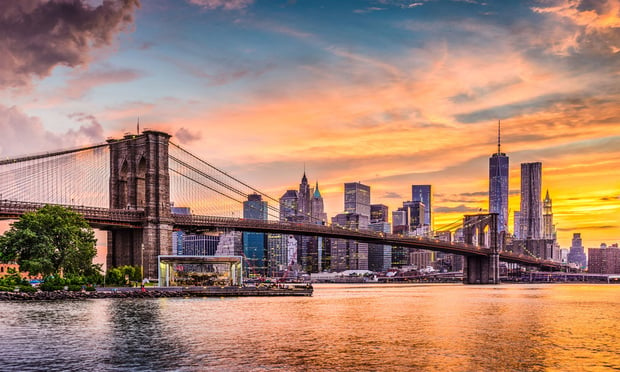NYC Rent Increases: Balancing Landlord Needs and Tenant Protection
The landscape of rent control in New York City has experienced turbulence in recent years, particularly due to the ongoing economic impacts from the pandemic. In a bid to support tenants, the Rent Guidelines Board (RGB) implemented a freeze on rent in 2020 and the first half of 2021. This freeze was later followed by a modest increase of 1.5% for the latter half of 2021, with further adjustments in subsequent years:
- 2022: Increases of 3.25% for one-year leases and 5% for two-year leases.
The Concerns of Landlords
Many landlords of rent-controlled apartments argue that these incremental increases are insufficient to keep pace with their spiraling operational costs. Recent reports from the RGB supported this claim, suggesting that to maintain their net operating income, landlords would require rent raises as high as:
- 8.35% for one-year leases
- 15.75% for two-year leases
A survey conducted earlier this year by two landlord advocacy groups revealed that current rent levels are hindering property owners’ ability to perform essential repairs, which in turn has led to increased vacancy rates.
Voices from the Real Estate Sector
Following the latest RGB decisions, real estate representatives expressed significant concern regarding the viability of older, rent-controlled buildings, especially those located in the outer boroughs. Jay Martin, executive director of the Community Housing Improvement Program (CHIP), emphasized that many pre-1974 buildings are “at a breaking point” due to chronic underfunding:
“Without help, we will see massive losses in this housing supply,” said Martin.
Zachary Rothken, an attorney with Rosenberg & Estis, echoed similar sentiments, cautioning that the majority of landlords managing rent-stabilized properties are facing what he describes as “a slow demise.” Rothken highlighted the potential ramifications of these inadequate proposals:
“The majority of the city’s rent-stabilized housing owners are enduring a slow demise that will ultimately eradicate not just the maintenance of their buildings, but also New York’s remaining affordable homes,” he stated.
Financial Implications
The financial climate for landlords appears precarious. In a recent Q1 2024 earnings report, New York Community Bancorp, a key multifamily lender in the city, noted a troubling rise in nonperforming loans, registering at $798 million—nearly double the figure reported in December of the previous year. This stark increase underscores the challenges that property owners are facing in maintaining financial stability amid rising operational expenses.
Conclusion
The debate surrounding rent increases in New York City embodies the complex challenge of balancing the needs of landlords with the protections afforded to tenants. As the RGB continues to evaluate proposals and set guidelines for rent adjustments, the stakes remain high for all parties involved. Ensuring a stable housing supply while addressing the financial realities faced by landlords is more crucial than ever.
